
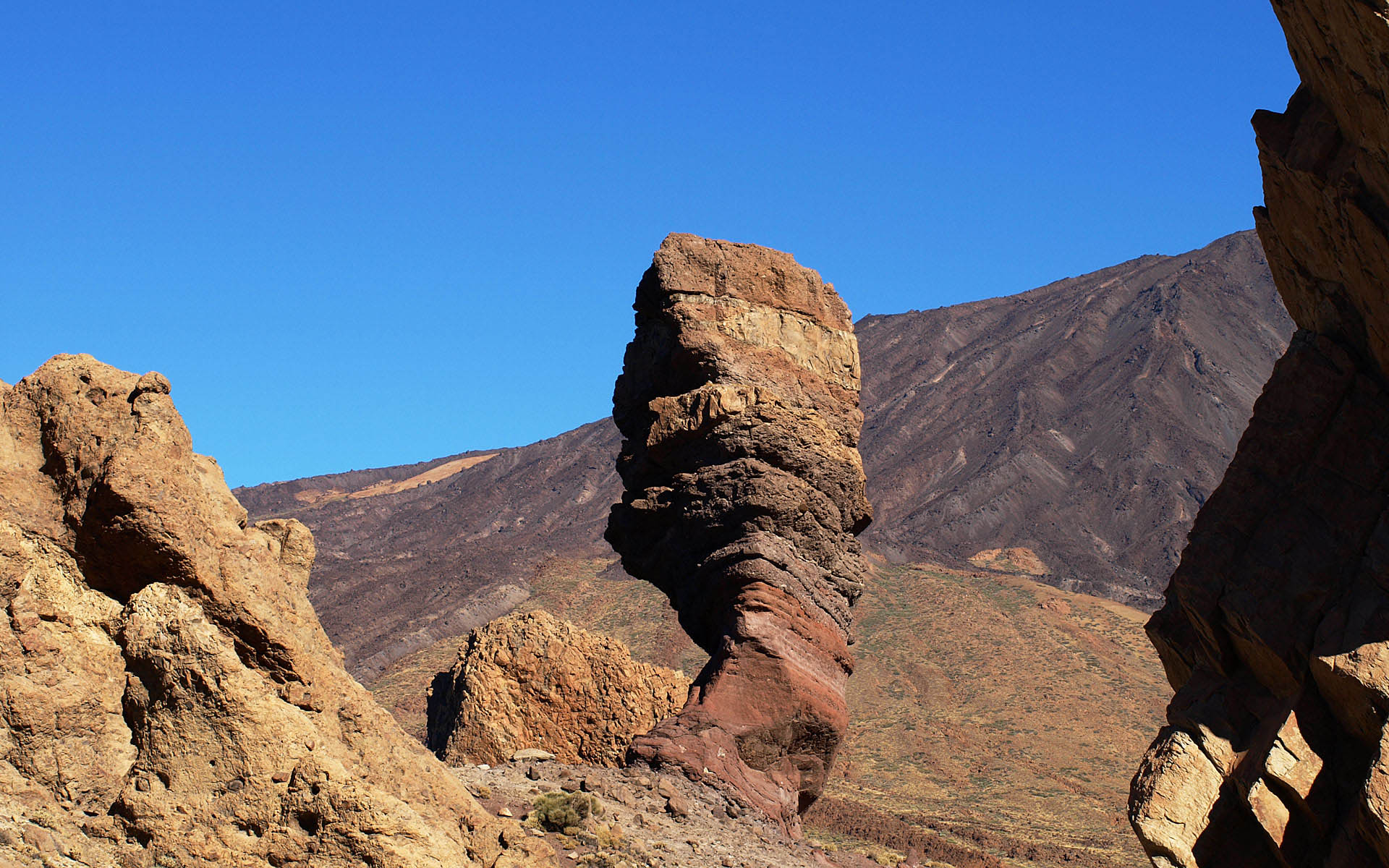
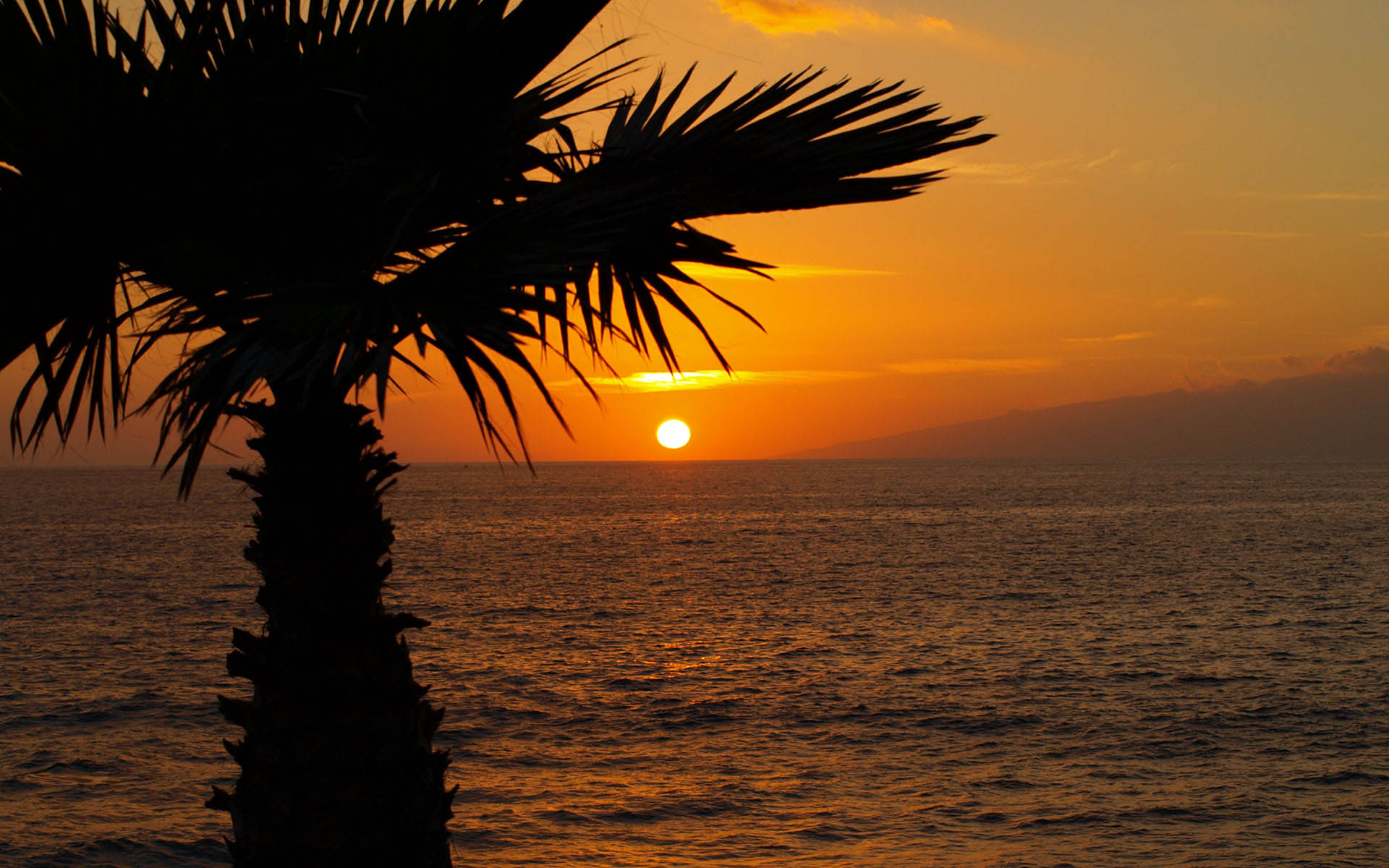
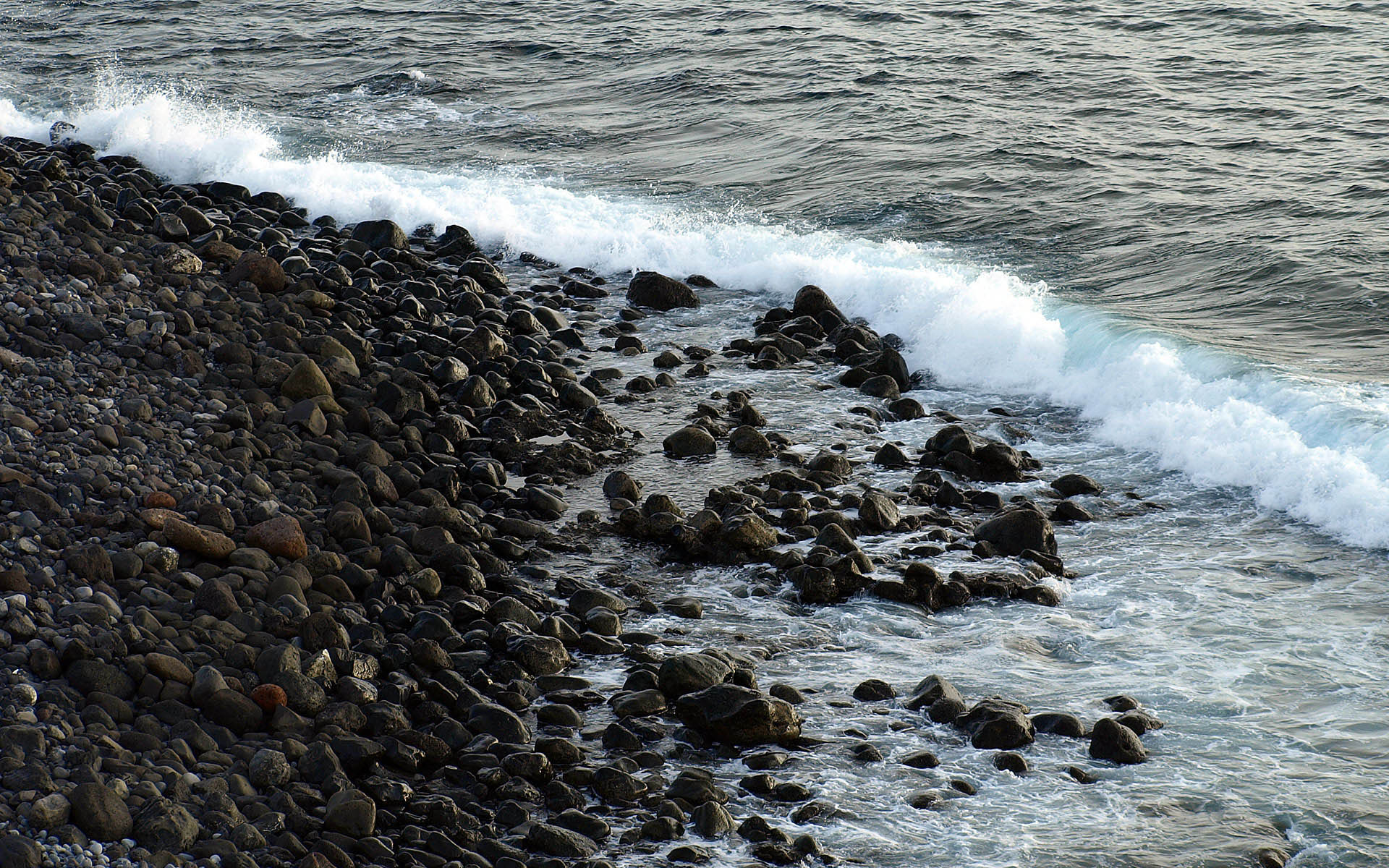
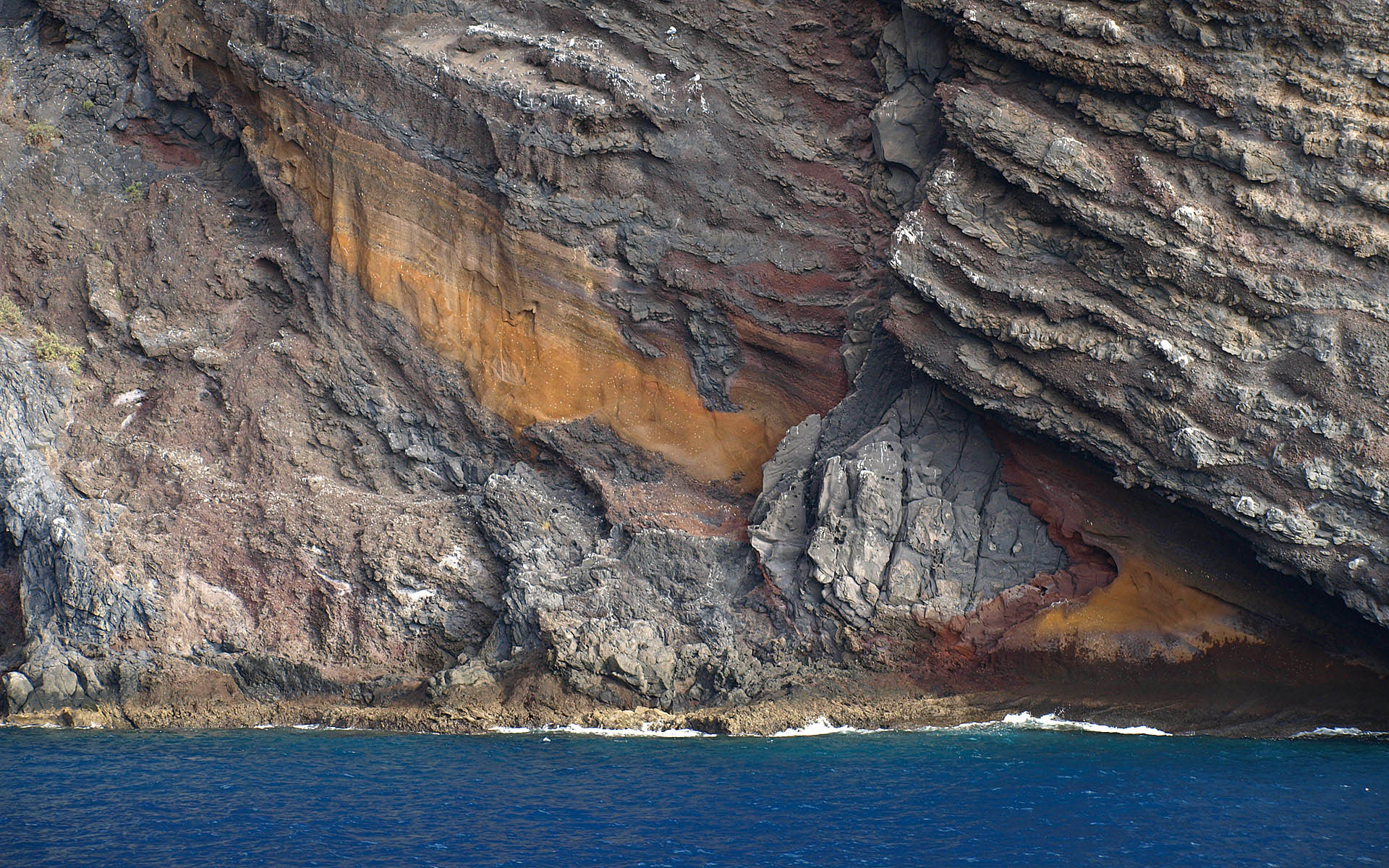
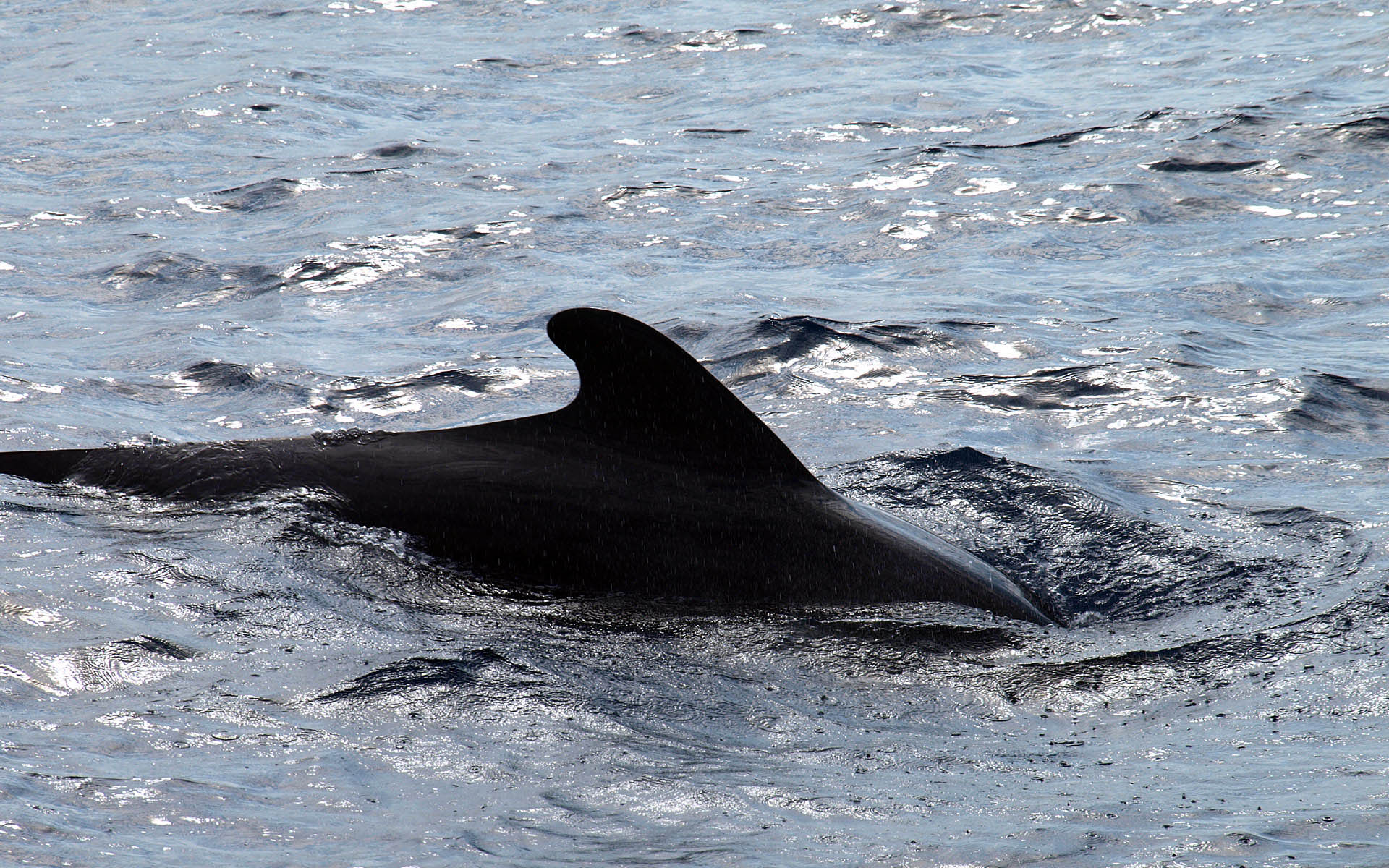
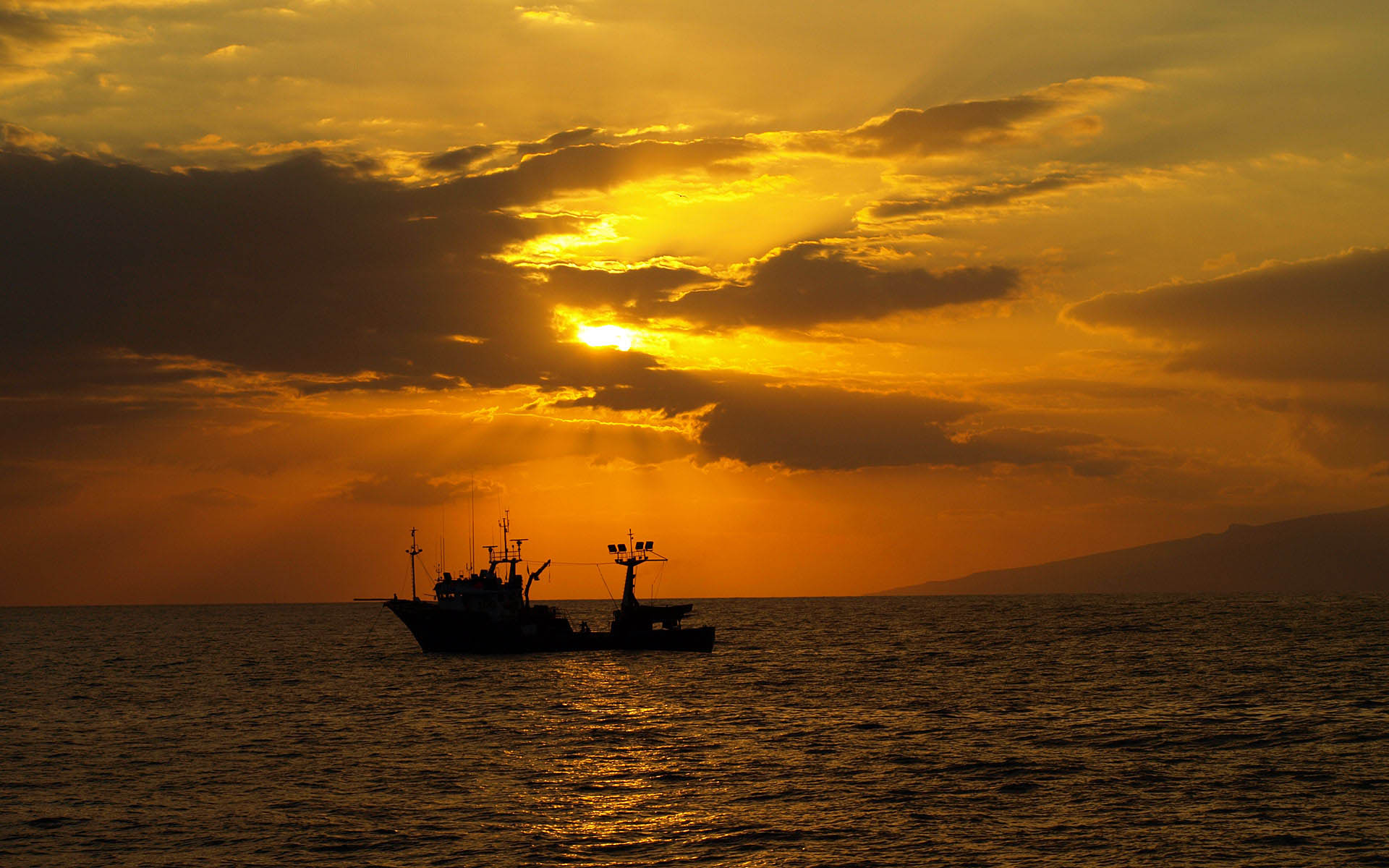
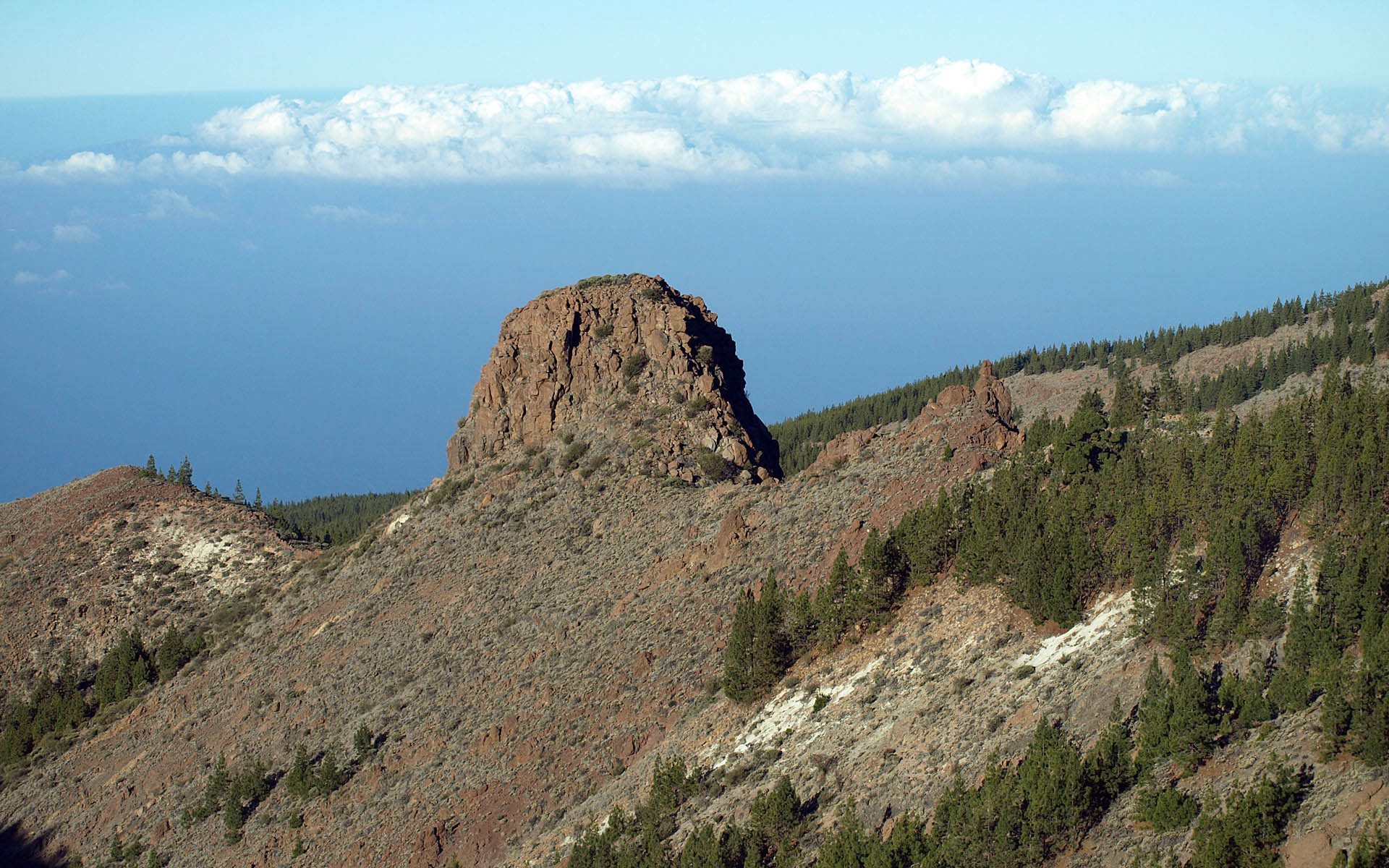
The first historically recorded volcanic eruption on Tenerife occurred in 1704, when the Arafo, Fasnia and Siete Fuentes volcanoes erupted simultaneously. In 1706 the greatest eruption occurred at Trevejo. Most recently, in 1909 the Chinyero volcano erupted. The highest point of the island is Mount Teide (3,718 m above sea level). It comprises about 200 small barren islets or large rocks including Roques de Anaga, Roque de Garachico, and Fasnia.
Tenerife is the largest and most populous island of the seven Canary Islands. It is situated north of the Tropic of Cancer, occupying a central position between the other Canary Islands of Gran Canaria, La Gomera and La Palma. The island is about 300 km from the African coast, and approximately 1,000 km from the Iberian Peninsula.
The coast of Tenerife conserves marine ecosystems with a large number of endemic species. Interesting species of turtles are also recorded, such as the loggerhead (Caretta caretta) and there is a permanent population of pilot whales of the southern coast of the island. These whales measure 6 to 8 metres, weigh between 800 and 3000 kg and live in groups of between 10 and 200.
The coasts of Tenerife are typically rugged and steep, particularly on the north of the island. However, the island has 67.14 kilometers of beaches, such as the one at El Médano. On the northern coast are frequent pebble beaches with black sand, while on the south and south-west coast of the island, the beaches have sand, typically much finer and clearer with lighter tones.
The south-west coast of Tenerife is a privileged place for watching whales in the wild as there are permanent pods of dolphins in the surrounding waters year round. Bearing in mind they live so close to the coast, Tenerife has become the top European destination in terms of the number of people that have seen whales in the wild. You can find up to twenty-one different species in Tenerife's waters; from the colossal blue whale to the feared killer whale. There are two resident populations, the pilot whale and the bottlenose dolphin, which can be observed on perhaps 80% of the days of the year, with a sighting percentage of close to 100%.
One of the most wondrous aspects of the beautiful island of Tenerife is its climate. The weather is glorious, that is why the largest of the Canaries has earned the reputation of being one of the best year-round holiday hotspots. The sun shines for more days of the year here than most other places in the world – just one of the reasons people visit from January to December.
Vilaflor (Spanish for "I saw the flower"), with an altitude of 1,400 m, is the highest village of Tenerife. Farmlands are in the valley areas while Teide lies to the northeast. Grassland covers the south and the valley areas with forests and within Teide, the forests cover the north central part. The area also features the mineral springs of Fuente Alta, which can be found at 1400 meters above sea level in a protected nature reserve.
